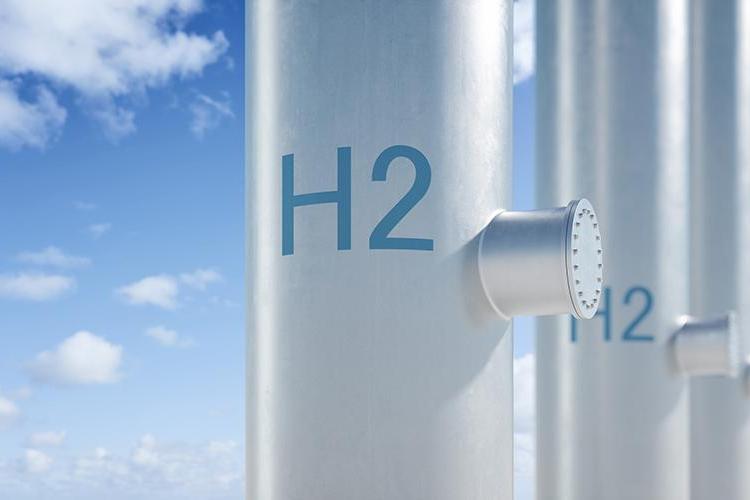Oman Leads Green Hydrogen Revolution: IEA Report Highlights Role in Regional Energy Transition
Key Ideas
- Oman is recognized by the International Energy Agency for its leading role in producing green hydrogen, placing it among a select few Middle Eastern countries expected to exceed hydrogen production goals by 2030.
- The region, including Oman, is experiencing significant growth in renewables driven by rising electricity demand and investments in onshore wind capacity, with 4 GW of new capacity planned by 2030.
- The country aims to attract $40 billion in investments by 2030 to achieve its target of producing 1 million tonnes of green hydrogen annually, with plans to ramp up production to 7.5 – 8 million tonnes per annum by 2050.
- Oman's green hydrogen industry is set to play a crucial role in the region's energy transition, with investments supporting the production of hydrogen for local industries and ammonia for export purposes.
The International Energy Agency's 'Renewables 2024' report has highlighted Oman's pivotal role in the production of green hydrogen as part of the country's energy transition goals. The report recognizes Oman, along with the UAE, Morocco, and others, for their ambitious plans to surpass national hydrogen production targets by 2030. Oman is specifically aiming to install enough solar and wind capacity to produce at least 1 million tonnes of green hydrogen annually by 2030. The country is also expected to attract significant investments to the tune of $40 billion in its green hydrogen industry to achieve this target.
The growth in renewable energy in the region, driven by rising domestic electricity demand, is set to lead to a substantial increase in onshore wind capacity in Oman and other Middle Eastern countries. The report forecasts the development of around 4 GW of new onshore wind capacity by 2030, with Oman, Saudi Arabia, and Egypt at the forefront of this expansion. Oman is already in the process of procuring five wind-based Independent Power Projects (IPPs) with a total generation capacity of about 1 GW.
Furthermore, the IEA report underscores Oman's significant position in the emerging green hydrogen sector in the MENA region. It highlights the country's role in hydrogen production for local industries and ammonia for export. The report envisions a total investment of $140 billion by 2050 to ramp up Oman's green hydrogen production capacity to around 7.5 – 8 million tonnes per year. This substantial investment is expected to propel Oman's green hydrogen industry to the forefront of the regional energy transition, emphasizing the country's growing importance in the global renewable energy landscape.
